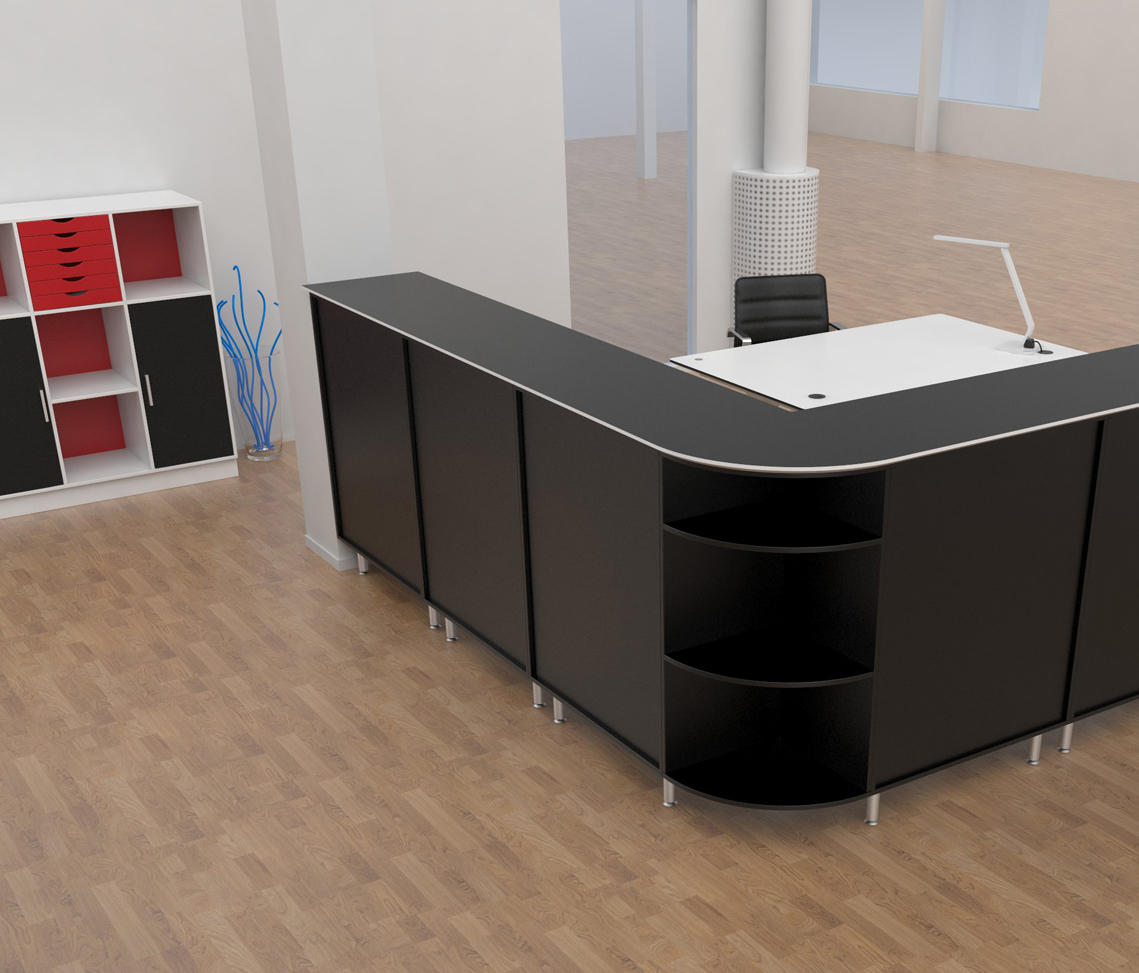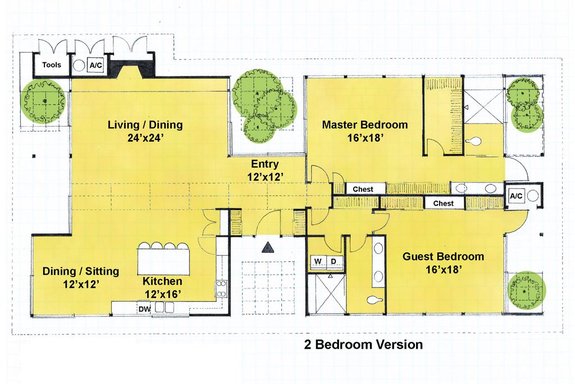Table Of Content

If you want to reproduce the whole article in a third-party commercial publication (excluding your thesis/dissertation for which permission is not required) please go to the Copyright Clearance Center request page. This article is licensed under a Creative Commons Attribution-NonCommercial 3.0 Unported Licence. You can use material from this article in other publications, without requesting further permission from the RSC, provided that the correct acknowledgement is given and it is not used for commercial purposes. Consumers and developers alike will benefit from an ecosystem where multiple hardware makers build on a common platform. We look forward to continuing on this journey to bring mixed reality to more people. All of these devices will benefit from Meta’s long-term partnership with Qualcomm Technologies, Inc., which builds the Snapdragon® processors that are tightly integrated with our software and hardware stacks.
How did someone get that profile picture and name?
If your specialty is marketing, the following tools can help you put together cohesive, attractive content — without having to learn complex software. Most fields have a set of guidelines to keep processes clear and consistent. For example, writers follow style guides, engineers adhere to code standards, and information designers practice design thinking. For example, we follow a recipe to whip up a meal or navigate a museum using signs and exhibit explanations.
Oktoberfest motif competition: The Oktoberfest poster has been chosen - Oktoberfest.de
Oktoberfest motif competition: The Oktoberfest poster has been chosen.
Posted: Fri, 09 Feb 2024 08:00:00 GMT [source]
Test-Driven Development Project: Random Person Generator
The designer will visit the kitchen where the food prep will happen. They might chat to the kitchen staff about how they typically work, what problems they’re facing, and what they might need from a poster. If it’s not possible to visit the place in person, the designer might do some research either on their own team or with the help of a UX researcher. Rapid prototypes help you figure out the look and feel of an interface quickly, before you start implementation.
Annual report design
For example, advertisers use public attention to a coming national event to influence our reaction to some other event, artifact, or idea. Actually, however, in addition to being influenced emotionally by the things we see and hear, we very often do let the subtle transference of meaning through framing influence the assignment of significance given to artifacts and happenings around us. The arrangement of entities or proximity of the frame to other artifacts and happenstances often affects the judgements we make about the things we see and hear. We need only to look at electronic media, printed materials, or blogs posted online to see how framing influences our assignment of meaning to artifacts. This is the reason that you don’t want to share—or let someone else share—your cool pictures from Aruba while you are still laying on the beach, because you don’t know who will see it and decide to check out your empty house before you return. If you have a fantastic, world-class security system that can handle anything, then fine, go ahead and post away while you are gone.

Contents
Give people a few days to sit with the prototype and gather feedback. When you feel you have enough information, make any necessary tweaks. You may have to repeat this step multiple times because, often, the feedback inspires you to redefine the problem and rethink your story. Luckily, a set of principles exists that will help you turn complex information into attractive, coherent content. Think about the last time you flipped through a confusing instruction manual.
How to Choose Infographic Colors with Color Theory
Her model runs counter to many assumptions in both education and library and information science about how people tackle researching a paper or project, and how that experience can be substantially improved over past approaches. (124) Specifically, she discovered that the combined process of researching and writing a paper is complex and difficult for most people – indeed, the library research is inextricably bound with the understanding and gradual formulation of the thesis of the paper. Consequently, the simple idea of "picking a topic," like picking an apple off a tree, then going to research it in the library, is not how the process reasonably can or should be expected to proceed. Yet generations of teachers and professors have left students floundering and frustrated as they moved, essentially without guidance, through this core process in paper-writing. During the 1960’s, in particular, generous funding was available in the United States for social science research, and a great deal of knowledge, based on large, well-designed studies, was developed regarding the social aspects of scientific communication and information use. (23) (24) (25) Important studies were also produced on information use and library use by the general public (26) (27) (28) (29).
Books
Paisley beautifully characterized the subjective world of the scientist, as constituting a series of contexts – local work environment, research specialty, discipline, larger cultural and political world, etc. (24). In 1981 Tom Wilson described information seeking in general in a model (49) that was subsequently very widely used, and also reviewed a wide range of information behavior models in 1999. (50) Belkin et al. propounded the concept of "anomalous state of knowledge," or ASK, (51) as characterizing many information needs. That is to say, they argued that the information need is often complex and requires an extensive description to cover all the factors really at play in people’s requests. On Infogram, you can discover a great range of templates for infographics, reports, dashboards, posters, social media posts, and more.
Transparent peer review
For the most part, the NYT article’s authors managed to state points clearly, keeping an informational tone. I believe that the article helps people who want further information to be able to research for themselves the various claims made in the speech, without too much interference by the author’s personal viewpoints. The references are there so that anyone who wants can fact-check the fact-checkers. My view is that an audience should examine all the issues to make informed decisions based on research done with an open mind.
Advance your career with an online degree
This principle includes using emphasis through typography and layouts to attract, direct, or keep the recipient’s attention. It is also essential to gather and evaluate necessary data and insights that will be used later in the process. It underpins the ability to communicate key messages comprehensively and effectively. It can reduce friction and frustration, ranging from small menial chores to delivering impactful, profound news.
In this blog post, we’re going to take a closer look at how this goal is accomplished and why information design matters now more than ever. I liked the way the functions & tasks of information design were taught with a hands on approach. I recommend this for anybody keen to understand what information design is and how to make it work. UC San Diego is an academic powerhouse and economic engine, recognized as one of the top 10 public universities by U.S. Here, students learn that knowledge isn't just acquired in the classroom—life is their laboratory.
You can find information design examples regularly in instruction manuals, recipes, and opinion pieces. You can find these regularly in encyclopedias, textbooks, or performance reports. Data visualization is usually an objective presentation of facts, figures, or findings. It gives the audience room to think about the piece or make up their mind. Below are two examples of information design in a chocolate cake recipe.
In the meantime, the 10 Commandments of Usability will help us form a solid foundation for creating good user-centered communication. However, professionals don’t just randomly place images on a page. The photo on the Facebook newsfeed blurb was not the image featured in the article. Rather, the NYTimes.com article featured a normal-sized image of Trump at the podium, just like any candidate ready to start a speech. Obviously, this particular large-scale image of the hall, with Trump at the podium, surrounded by masses of people, with the backdrop of a giant-screen close-up of his face, must have been selected over innumerable other possibilities.
It is important in information design to allow the reader time to absorb and comprehend information quickly. Let’s take wayfinding signage in a shopping center, for example. While a light-toned color scheme of sunshine yellow and beige might look beautiful, it would be impractical for a shopper standing 300 meters away, especially when that person desperately needs the bathroom. Highly contrasting colors are recommended on both print and the web.
Design thinking is a process for creative problem solving that puts people first. Like UX design, which considers the users' needs above all else, information design principles are human-centered and give designers a process to follow. The goal is to ensure people don't feel overwhelmed or confused as they navigate information. You may be thinking that information design sounds a lot like data visualization.











